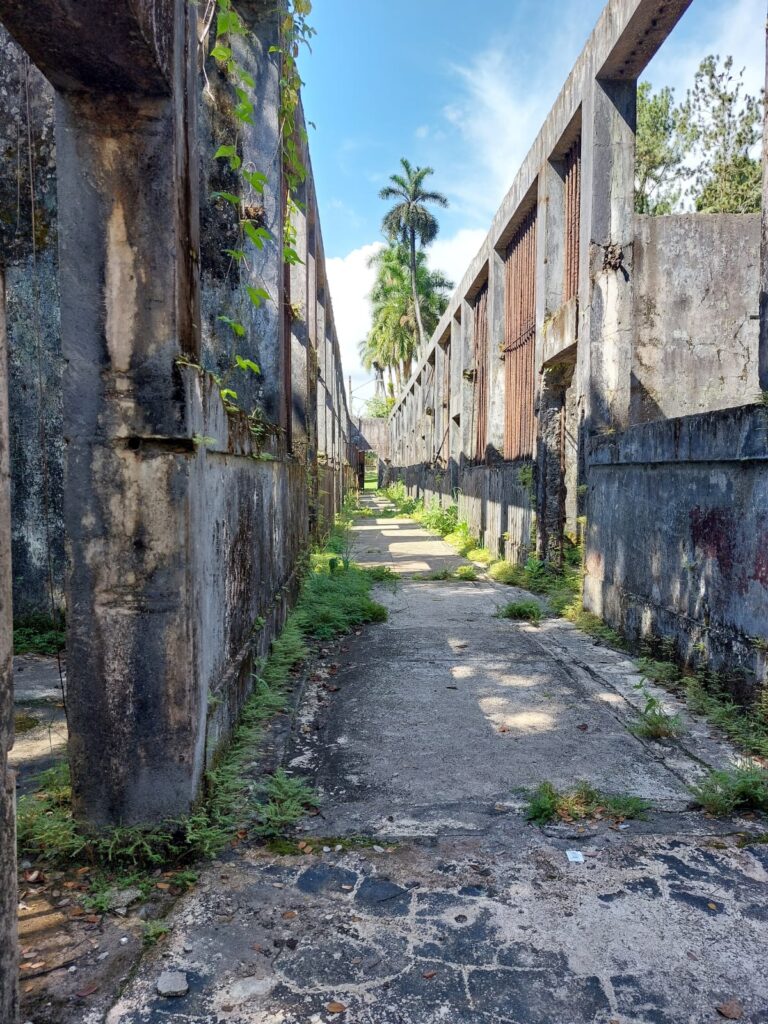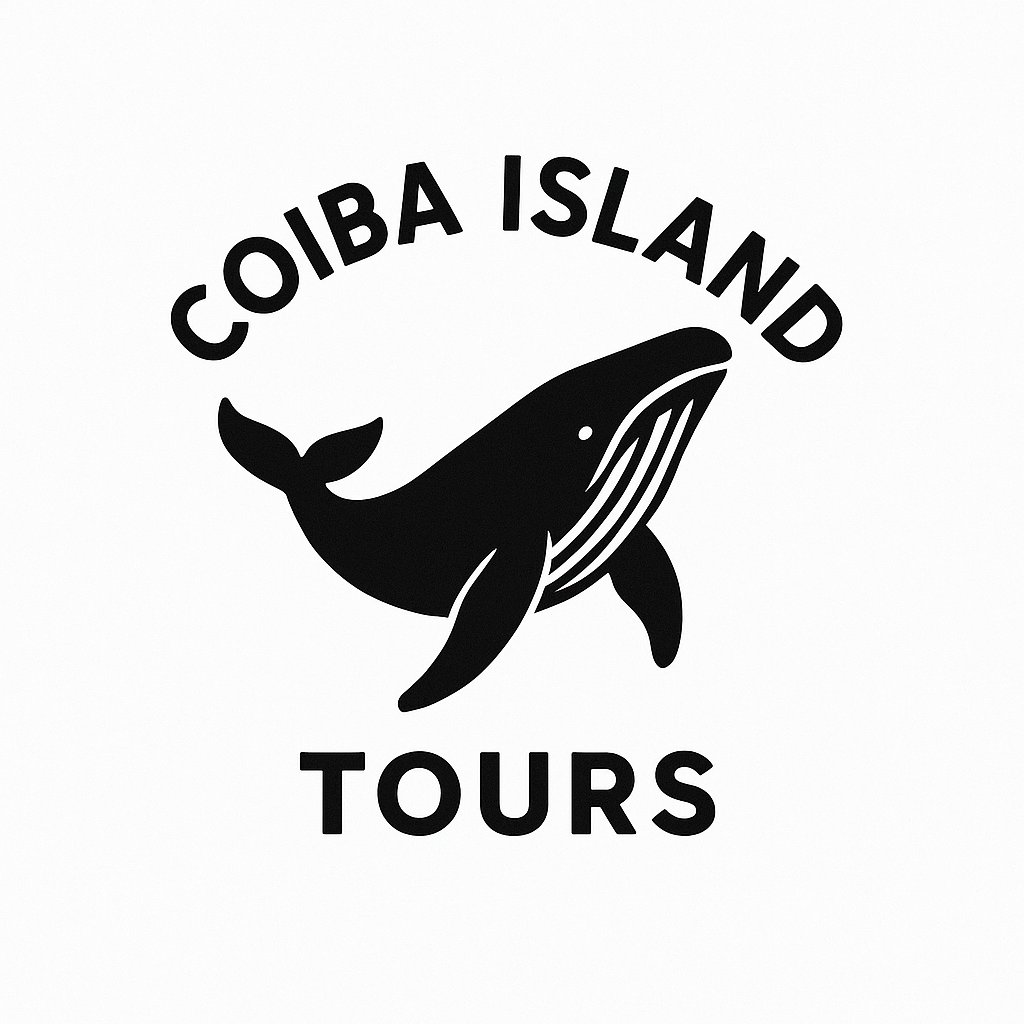When most visitors think of Coiba Island, they imagine crystal-clear waters, vibrant coral reefs, and abundant wildlife. But behind this tropical paradise lies a dark and fascinating history — that of one of Latin America’s most feared penal colonies. From 1919 to 2004, Coiba Island Prison was home to Panama’s most dangerous criminals, political dissidents, and the forgotten souls of a brutal regime.
Why Coiba? The Island as a Natural Prison
Coiba Island, located about 50 kilometers off Panama’s Pacific coast, spans more than 500 square kilometers, making it the largest island in Central America. Surrounded by shark-infested waters, strong currents, and dense jungle, Coiba was a natural fortress. Its isolation made it the perfect location for a penal colony — escape was nearly impossible.
The idea of using the island as a prison was inspired by similar models in places like Devil’s Island (French Guiana) and Australia’s penal colonies. In 1919, the Panamanian government began transferring prisoners to Coiba. What began as a solution to prison overcrowding in the mainland soon turned into a tool for oppression and cruelty.
Life Inside the Coiba Prison

Conditions at Coiba were harsh and unforgiving. There were no solid prison walls or barbed wire fences — the island’s geography was prison enough. Instead, prisoners were housed in basic barracks made of wood or corrugated metal, with little protection from the heat, rain, and tropical diseases that thrived in the jungle.
Prisoners were forced to work in agriculture, fishing, and logging, producing food and goods not just for the island but sometimes for export. Many inmates described life on Coiba as a constant struggle for survival:
- Brutal guards and punishments: Beatings, solitary confinement, and forced labor were common. Prisoners who disobeyed or tried to escape were often subjected to torture or simply “disappeared” into the jungle.
- Hunger and disease: Malnutrition, malaria, dengue fever, and skin infections were rampant. Medical care was minimal.
- The rule of the strongest: With little oversight, gangs formed among inmates. Violence between prisoners was frequent, and many lived in fear not just of guards but of their fellow inmates.
Coiba became known as a place where prisoners were sent to be forgotten. Many never returned.
A Place for Political Prisoners
Coiba’s darkest chapter came during the military dictatorship of General Omar Torrijos (1968-1981) and later under Manuel Noriega. During these years, Coiba became a site of political repression.
Dissidents, students, journalists, union leaders, and anyone who opposed the regime risked being sent to the island. Some were imprisoned without trial. There are stories — part history, part legend — of prisoners being thrown into the sea, left to the mercy of the sharks, or buried in unmarked graves deep in the jungle.
Many Panamanians still remember Coiba as a symbol of fear, associated with the excesses of military rule and the silencing of political opposition.
Escape Attempts and Survival Storiesutate
Despite its isolation, some prisoners dared to attempt escape. A few managed to build rafts or steal boats, braving the treacherous sea in hopes of reaching the mainland.
One of the most famous escape attempts was that of a group of political prisoners who, in the 1970s, tried to cross to the coast in a makeshift raft. They were never seen again, presumed drowned or taken by sharks.
Others tried to flee into the jungle, but the dense forest, lack of food, and presence of dangerous wildlife (including crocodiles) made survival unlikely.
The Fall of Coiba Prison
As Panama transitioned back to democracy in the 1990s, pressure mounted to close the infamous penal colony. Reports of human rights abuses, corruption, and the inhumane conditions on the island became impossible to ignore.
By the early 2000s, most prisoners had been transferred back to mainland facilities. In 2004, Coiba Prison officially closed, ending an 85-year history of exile, suffering, and isolation.
From Penal Colony to Protected Paradise
After the prison’s closure, a new chapter began for Coiba Island. The same isolation that once made it a place of punishment had preserved its ecosystem. The island’s forests, beaches, and surrounding marine environment had been spared from large-scale development and exploitation.
In 2005, Coiba National Park was declared a UNESCO World Heritage Site, recognized for its incredible biodiversity and ecological significance.
Today, tourists who visit Coiba can still see the remains of the prison: crumbling barracks, overgrown cemeteries, and rusting machinery that nature is slowly reclaiming. Guides often share stories of the island’s dark past alongside its natural wonders.
A Place of Reflection
Coiba Island is a place of contrasts: once a site of suffering, now a symbol of nature’s resilience. For visitors, it offers a chance not just to explore one of the world’s richest marine parks, but also to reflect on a painful chapter of human history.
Many tours include a visit to the old prison site, where the silence of the abandoned buildings and the vastness of the jungle remind us of the people who once lived — and died — in exile.



Visiting Coiba Island Today
If you’re planning a trip to Coiba, consider booking a tour that includes both its natural and historical highlights. At Coiba Island Tours, we offer informative visits that honor the memory of those who endured the island’s harsh past while celebrating the vibrant life that now thrives here.
Whether you come for the diving, the wildlife, or the history, Coiba Island will leave a lasting impression — a place where paradise and tragedy meet.


